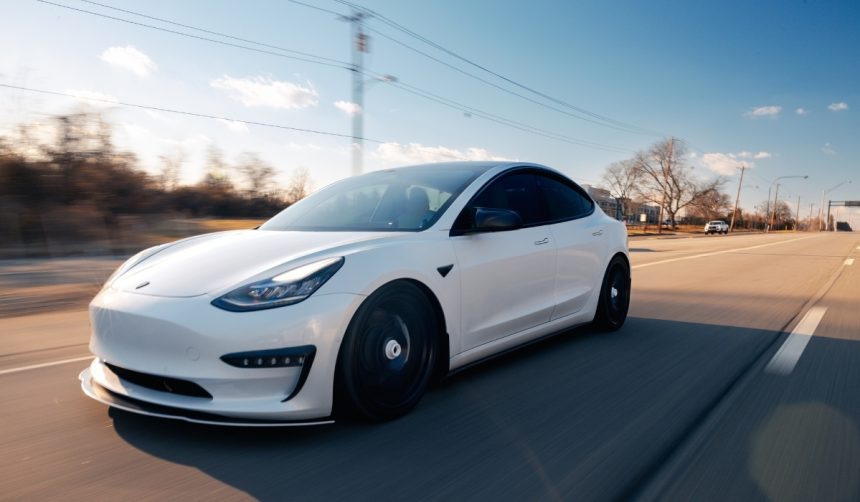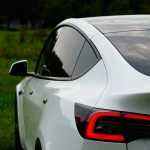Several covered vehicles believed to be Tesla Cybercabs have been observed near the crash test facility at Giga Texas, capturing attention among industry watchers and sparking questions about the timeline for production. This sighting comes amid ongoing speculation about Tesla’s plans for autonomous mobility, with the Cybercab’s presence at the facility signaling preparations that may precede official production. Interest in the Cybercab remains elevated, as its design and promised capabilities have set it apart from Tesla’s existing lineup. Local observers have noted increased activity at Giga Texas, suggesting Tesla is moving forward with both validation and manufacturing tasks, weaving this new vehicle into its broader goals for fleet growth and autonomous transport.
Reports from earlier this year pointed mainly to periodic Cybercab sightings and speculation on its production readiness, with fewer physical indicators at Giga Texas. More recent coverage includes video evidence and direct observations of several units in proximity to the crash testing area, reflecting a step forward in Tesla’s progress. Contrasting past rumors that placed the project in earlier stages, the presence of multiple vehicles—possibly either undergoing crash tests or awaiting them—suggests an active phase that extends beyond simple prototype development. This recent escalation follows Tesla’s continuing efforts to scale activities for both the Cybercab and the existing Model Y.
What Have Observers Noticed at Giga Texas?
Drone imagery and detailed observations reveal at least seven covered vehicles near the facility’s crash test section, each displaying the distinct silhouette attributed to the Cybercab. These units could be older prototypes set for decommissioning or newly assembled vehicles scheduled for internal validation. The sustained visibility of Cybercab vehicles supports a view that Tesla is intensifying test procedures and production trials as part of routine development for a new model. Joe Tegtmeyer, among those documenting Giga Texas operations, remarked,
“In either case, this is another datapoint indicating production is getting closer to happening.”
The Model Y Standard is also observed to be rolling out at an increasing pace from the same facility.
Is Large-Scale Cybercab Production on the Horizon?
Tesla intends for the Cybercab, an autonomous two-seater vehicle, to become its highest-volume product, with company projections estimating up to 2 million units annually once production matures. The manufacturing approach for the Cybercab, internally called the “Unboxed” process, draws inspiration from consumer electronics assembly rather than conventional automotive lines, aiming for greater efficiency and output.
“We’re aiming to produce Cybercab at volumes not previously seen in automotive manufacturing,”
a Tesla spokesperson stated. Test units have also been spotted at the Fremont Factory, some likely equipped with temporary steering mechanisms to facilitate early-stage trials.
How Does This Effort Align with Tesla’s Broader Strategy?
The observed increase in Cybercab activity matches Tesla’s interest in expanding its autonomous vehicle fleet and establishing itself in new market segments. By pairing new production methods with ambitious output targets, the company is emphasizing scalability and operational flexibility at Giga Texas. The proximity of Cybercab and Model Y manufacturing suggests resource sharing and parallel program advancement. The increased number of vehicles on-site points to a transition from design and prototyping to more comprehensive testing and pre-production protocols.
Tesla’s focused development of the Cybercab at Giga Texas signals meaningful advancement from concept to production validation, aligning with prior commitments to innovation in autonomous electric vehicles. Readers following this development may note that Tesla’s iterative approach typically involves extensive prototyping, real-world testing, and adaptive scaling of manufacturing resources. Understanding this sequence aids in deciphering when production models might become available and how the product pipeline evolves. For those monitoring electric vehicle trends or investing in autonomous mobility, frequent sightings and increased test activities serve as practical signs of progress rather than speculative indication. Staying informed about ongoing facility changes, test protocols, and production forecasts can help stakeholders gauge market timing for new entries like the Cybercab.










